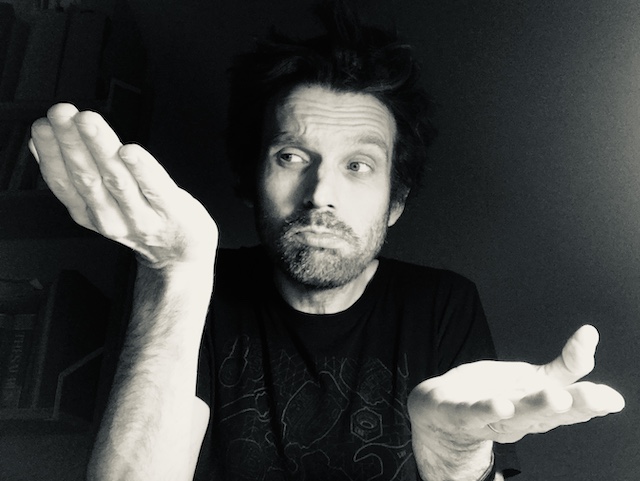For me the Designer’s Paradox is a key concept in helping people understand what the process of design is. The term was coined by my colleague at Think Up Ed McCann.
The Designer’s Paradox states that the client doesn’t know what they want until they know what they can have
Ed McCann – see Think Up (2018). Conceptual Design for Structural Engineers (online) – notes and resources. Available here [Accessed: January 2021].
In this post I’ll explain why I think this observation is so useful and how we can use it.
Design vs shopping
I think the term ‘design brief‘ has an air of certainty about it. To ask what is the brief is to ask what am I being asked to do. In modern organisations, many of our obligations are contractual. Under these circumstances it is natural to find some reference point against which delivery can be planned and measured.
But a design brief is different because what we are dealing with is the unknown. We want the world to exist in a way that it doesn’t exist already. Because it doesn’t exist already, we can’t fully describe it. As I say to my students, if you know exactly what you want at the start of a design process then that isn’t design: it’s shopping.
To set a design brief is to set an intention. It is to begin to describe how we want the world to be.
Enter the Designer’s Paradox
I challenge you to think of a design process you have been through in which the brief hasn’t evolved as the project develops. There are so many factors at play in design – from preferences of the designers and stakeholders, to available material and technology, to a myriad of enabling factors – that the process itself influences what the outcome is.
From a starting point of a given requirements and desires it is inevitable that new discoveries will be made about what is necessary or possible along the way. And so the desire for what the project could be will change also.
This is what the Designer’s Paradox is telling us. You can’t fully know what is possible until you start trying to design something. You have to start from somewhere, so you start with an initial brief. But as you wade into the solution space, new possibilities and limitations emerge. You start to see what you could actually have, and so you change what you want.
Expecting changes to the brief
One of the questions I ask my trainees is how does it make them feel when a client changes their mind. More often than not the response I hear is a feeling of frustration. It can feel like the goal posts are being changed. You said you wanted this but now you want that.
By introducing the Designer’s Paradox, I aim to help designer’s see changes to the brief as a necessary part of the design. If you acknowledge that change is certain, then the question becomes how do work with that change.
The work of design is working with Designer’s Paradox
For me the work of design is the work of dealing with Designer’s Paradox. It is helping the client discover what might be possible. Discovering for yourself what you could create. Working with uncertainty to create something that delights and serves.
The work of design is not to deliver the original brief word-for-word. The work of design is to continuously shape and refine both the brief and the output so that at the end of the project the two align entirely.
Related posts
Read more posts tagged design briefs, the Designer’s Paradox and conceptual design.


Leave a Reply